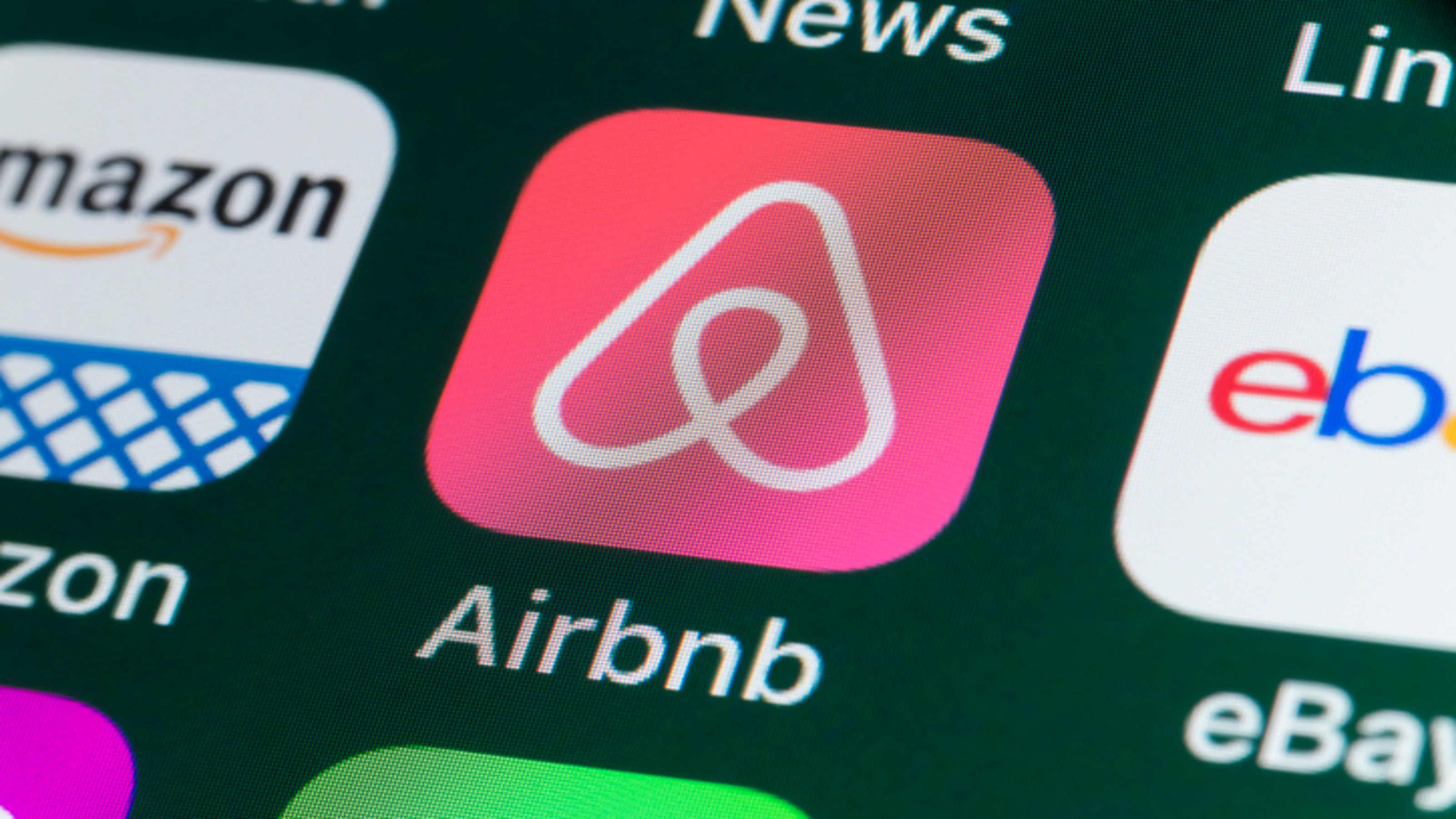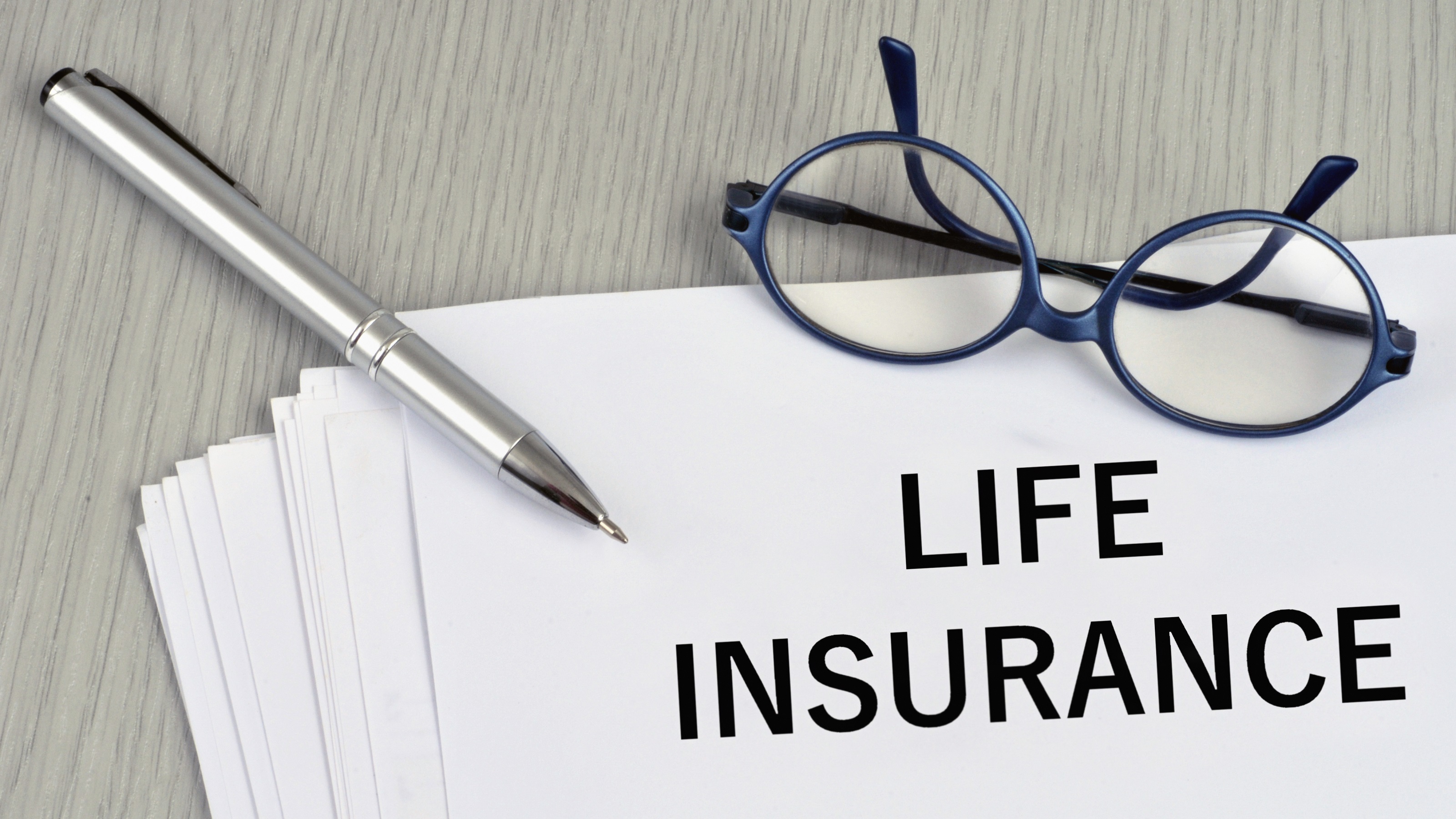By Michael Stratford
1. Pick the right program. Before you sign up, assess your flying habits. If you fly frequently, you want a relationship with the airline that offers you the most convenient flights. Generally, it’s best to pick the largest carrier at your hometown airport. If you’re not sure which one it is, check the airport’s Web site to find the airline that occupies the largest number of gates. If you rarely fly, you might want to opt for a rewards card instead. These cards tend to offer lower rates, let you choose the airline and don’t have blackout dates.
2. Put all your eggs in one basket. Diversification is a good investment strategy, but it’s not a sound practice for frequent-flier miles. Because the miles or points you earn in one program usually can’t be exchanged or transferred to others, it often makes sense to participate in just one program. That way, you earn the most usable miles and avoid small balances spread over multiple accounts. It typically takes about 25,000 miles to redeem a flight within the continental U.S.
From just $107.88 $24.99 for Kiplinger Personal Finance
Become a smarter, better informed investor. Subscribe from just $107.88 $24.99, plus get up to 4 Special Issues

Sign up for Kiplinger’s Free Newsletters
Profit and prosper with the best of expert advice on investing, taxes, retirement, personal finance and more - straight to your e-mail.
Profit and prosper with the best of expert advice - straight to your e-mail.
3. Bag the miles and buy the ticket. Despite your affinity for one airline, if you can find a cheaper flight on another, take it. (Use sites such as Kayak.com and Airfarewatchdog.com to compare prices.) “It rarely ever makes sense to overpay to earn extra miles,” says Tim Winship, publisher of FrequentFlier.com. Pay extra only if the miles you earn on the more expensive flight cost less than their redeemable value (a frequent-flier mile is worth, on average, 1.2 cents). Plus, you may still be eligible to earn miles in your program through partner airlines.
4. Keep your miles alive. Every program has its rules, but miles typically start to expire if your account has been inactive for 18 to 24 months. You can, however, reset the clock. “Earning a mile or burning a mile usually gives you another 18 months,” says Winship. Aside from booking a flight, the easiest way to ensure that you hold on to your miles is to sign up for an airline credit card that’s tied to your program and use it.
5. Rack up miles on the ground. You should also be aware of each airline’s rewards-program partner companies. The largest programs—those sponsored by Delta, United and American—list thousands of partners on their Web sites, including retailers and hotel chains. Also take advantage of your program’s “mileage mall,” a network of online retailers that offer reward miles, and use your program-affiliated credit card to make purchases at these stores.
6. Know when to fold ’em. Business passengers are usually interested in turning their miles into in-flight perks and upgrades. Casual fliers are all about free flights. Because airlines have started filling their planes to capacity, the supply of rewards seats is more limited. But it’s still possible to snag a free flight, especially if you book ahead (as many as 330 days prior to departure) or late (two weeks before). Look for midweek flights during off-peak periods, and avoid weekends and holidays. Another strategy is to fly from or to a nearby airport. Airlines are encouraging participants to redeem miles for rental cars, free hotel stays and consumer electronics. But before you take them up on the offer, do the math: Nonflight rewards usually offer a lower return on your investment.
Profit and prosper with the best of Kiplinger's advice on investing, taxes, retirement, personal finance and much more. Delivered daily. Enter your email in the box and click Sign Me Up.
-
 Cooler Inflation Supports a Relief Rally: Stock Market Today
Cooler Inflation Supports a Relief Rally: Stock Market TodayInvestors, traders and speculators welcome much-better-than-hoped-for core CPI data on top of optimism-renewing AI earnings.
-
 Are T-Mobile's Prepaid Perks a Home Run or a Strikeout?
Are T-Mobile's Prepaid Perks a Home Run or a Strikeout?T-Mobile's prepaid lineup promises MLB.TV, T-Mobile Tuesdays and hotspot data. But do the perks make it worth switching?
-
 Verizon Home Internet Is Offering Free Tech to New Customers
Verizon Home Internet Is Offering Free Tech to New CustomersVerizon’s latest home-internet promotion includes free tech, but the real savings depend on pricing, speed needs and how long you stay.
-
 Amazon Resale: Where Amazon Prime Returns Become Your Online Bargains
Amazon Resale: Where Amazon Prime Returns Become Your Online BargainsFeature Amazon Resale products may have some imperfections, but that often leads to wildly discounted prices.
-
 Roth IRA Contribution Limits for 2026
Roth IRA Contribution Limits for 2026Roth IRAs Roth IRAs allow you to save for retirement with after-tax dollars while you're working, and then withdraw those contributions and earnings tax-free when you retire. Here's a look at 2026 limits and income-based phaseouts.
-
 Four Tips for Renting Out Your Home on Airbnb
Four Tips for Renting Out Your Home on Airbnbreal estate Here's what you should know before listing your home on Airbnb.
-
 Five Ways to a Cheap Last-Minute Vacation
Five Ways to a Cheap Last-Minute VacationTravel It is possible to pull off a cheap last-minute vacation. Here are some tips to make it happen.
-
 How Much Life Insurance Do You Need?
How Much Life Insurance Do You Need?insurance When assessing how much life insurance you need, take a systematic approach instead of relying on rules of thumb.
-
 When Does Amazon Prime Day End in October? Everything We Know, Plus the Best Deals on Samsonite, Samsung and More
When Does Amazon Prime Day End in October? Everything We Know, Plus the Best Deals on Samsonite, Samsung and MoreAmazon Prime The Amazon Prime Big Deal Days sale ends soon. Here are the key details you need to know, plus some of our favorite deals members can shop before it's over.
-
 How to Shop for Life Insurance in 3 Easy Steps
How to Shop for Life Insurance in 3 Easy Stepsinsurance Shopping for life insurance? You may be able to estimate how much you need online, but that's just the start of your search.
-
 Five Ways to Shop for a Low Mortgage Rate
Five Ways to Shop for a Low Mortgage RateBecoming a Homeowner Mortgage rates are high this year, but you can still find an affordable loan with these tips.